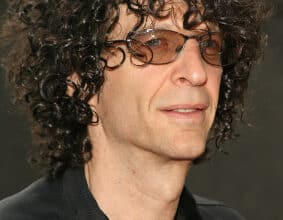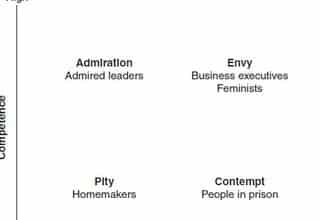Have you ever considered whether others see you as cool? This may sound like a question more geared to your high school years, but being perceived as cool may be something to consider as a leader, as well. That’s why I strive to be like Luke Cage.
Luke Cage is the next superhero to get a Netflix miniseries. Set in the same world as Daredevil and Jessica Jones, Cage underwent body-wide enhancement that gave him superhuman strength and durability. While neat, this is not the basis for Cage’s coolness. First introduced in the 1972 comic Hero for Hire #1, Luke Cage is based upon the popular Blaxploitation films of the time. He’s like a bullet-proof Superfly or a super strong Shaft…and who is cooler than Superfly and Shaft? Cage has since protected the people of Harlem with self-assurance, style, and swagger.
It may sound ambiguous choosing Cage as a personification of cool, but until recently, this term has possessed an elusive, know-it-when-we-see-it quality. Recent advances in neuroscience have determined that cool is more quantifiable than previously believed. Steven Quartz and Anette Asp from the California Institute of Technology ran brain scans on people who viewed items that were deemed “cool” or “uncool.” The cooler the participant found the item to be, the more active the brain scan became. As a result, the researchers reason that the participants were responding to how they thought the product would boost their esteem in the eyes of others.
Cool turns out to be a strange kind of economic value that our brains see in products that enhance our social image. This abstract good—social approval, reputation, esteem, or status—plays a central role in our motivation and behavior, and it is the currency that drives much of our economy and our consumption.—Steven Quartz and Anette Asp, Cool: How the Brain’s Hidden Quest for Cool Drives Our Economy and Shapes Our World
Additional research has narrowed-down the concept of cool to such socially desirable attributes as talent, influence, status, and being socially connected (Don’t these attributes also describe leaders?). These targets may be in constant flux, but the underlying idea remains that people want to feel accepted.
Speaking for myself, becoming cool is a ship that sailed long ago. The more I’ve tried to attain it, the less cool I feel. Thankfully, as leaders, we don’t have to be cool to help shape a cool culture. A few tips include:
- Present yourself in a positive way. This includes owning your good and bad qualities.
- Be mindful of how your actions influence others. Negativity compels others to suppress their true intents.
- You know who people view as cool? The person they meet on their first day of work who makes them feel welcome. Be the leader who sets this tone.
- Exhibit confidence through your actions, appearance, and body language.
- While it may not have been cool for your high school teacher to praise your work, it is exceedingly cool for you, the supervisor, to heap acclaim.
- Finally, and most importantly, there are few things less cool then pretending to be something you aren’t. Find your own style.
While we can’t all be as cool as Luke Cage, we can maximize the coolness of our workplace. Define the attributes that make someone cool in your company. Then act like it and encourage those who do the same. If you can manage it, “Sweet Christmas,” as Cage is known to say.







